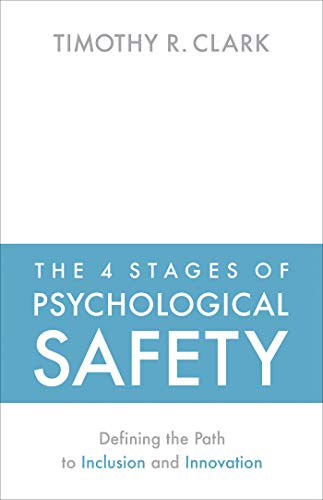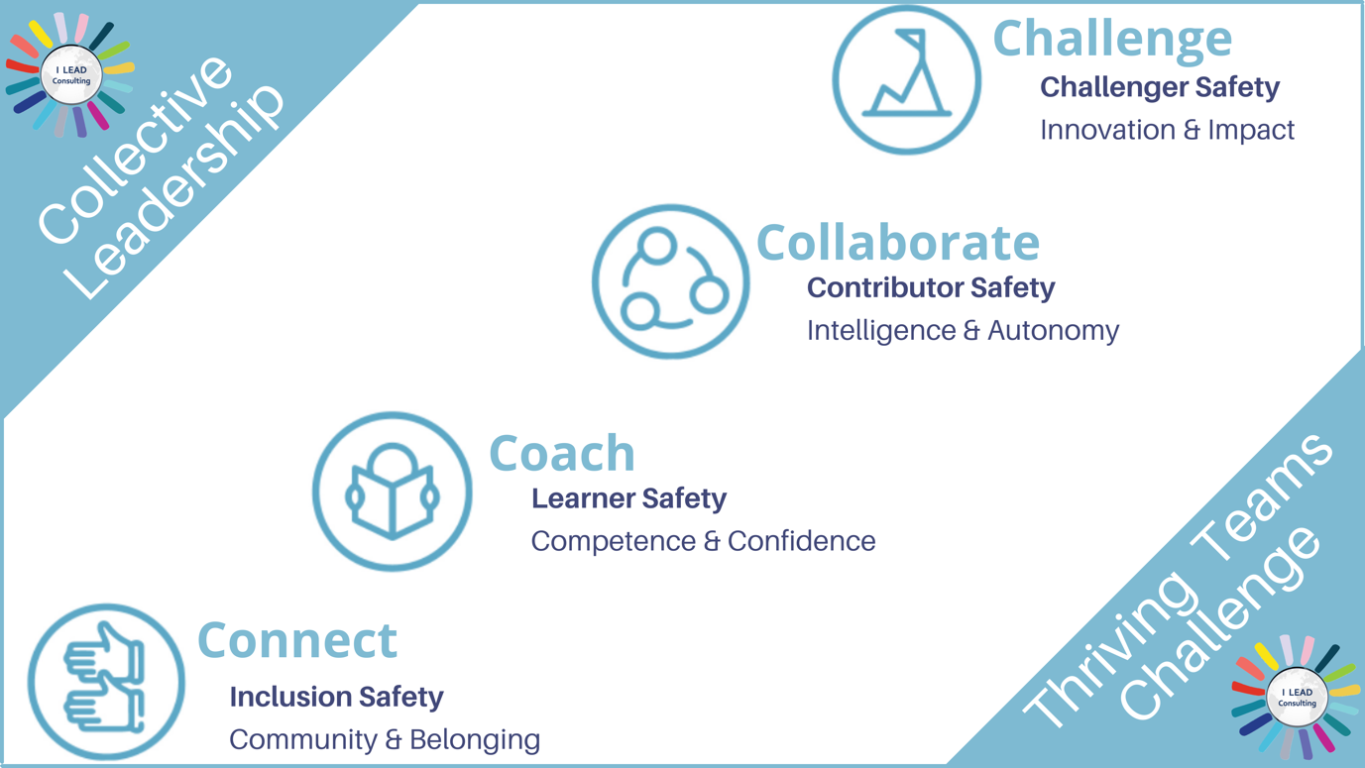Can boosting psychological safety at work contribute to better business outcomes? A leadership expert and IML ANZ Member lays down the facts for managers and leaders.
Today, most leaders have the unenviable task of achieving two seemingly competing priorities: profitable business performance and a positive working environment. Do they compete, or do they complement one another?
My extensive research on psychological safety at work confirms these seemingly competing elements of corporate life cumulatively complement one another, creating a mutually supporting foundation of business and human performance.
What is psychological safety exactly? And as a leader, how do you consistently create it – from the most senior levels in your organisation, right to the frontline?
What is psychological safety?
Google was the first global organisation to identify and popularise the performance benefits of psychological safety. It has, however, existed in the management lexicon since the 1960s.
However, after much research and data analysis, it is Google’s discovery that confirmed psychological safety as the number one predictor of team performance. They even found that it unlocked the formula for creating the perfect team.
There has been an explosion of research and practice designed to understand what psychological safety is precisely and perhaps more importantly, how leaders can consistently replicate it.
So, while definitions vary, there are common elements based on the descriptions used by the most respected experts on the topic. Psychological safety is an environment created by the leader, which affords teams the ability to speak up and take risks without fear of embarrassment or punishment.
The benefits of high psychological safety at work
According to Safe Work Australia, the fastest growing and most expensive workplace safety claim in Australia relates to low psychological health and wellbeing levels. You’ll recognise many of the contributing factors to this, including work pressure and stress, bullying, and harassment.
On the other hand, McKinsey, Deloitte, BCG and Forrester offer extensive research that confirms companies with high order psychological safety or ‘inclusion’, in conjunction with diverse leadership teams and workforces, are more likely to achieve better business results. Research by the Australian HR Institute (AHRI) reveals that these businesses boost financial results by as much as 35%, increase entry into new markets by 70%, and improve revenue by 19%. All while reducing risk by 30%.
More recently, Deloitte, Gartner, Bersin and McQuaid have independently confirmed, high order psychological safety creates higher levels of human performance. This is due to improvements in workplace wellbeing, a better sense of belonging and enhanced employee engagement. Hence, there’s no doubt that high order psychological safety delivers impressive top and bottom-line benefits, which create industry-leading performance.
How can managers and leaders improve psychological safety at work?
In Timothy Clark’s Four Stages of Psychological Safety, we learn the step-by-step process that guides leaders and teams on achieving high order psychological safety and Inclusion. These four stages are:

Stage 1: Achieve Inclusion Safety through connection
This stage occurs when the environment is sufficiently safe for employees to be themselves, and they’re accepted for who they are. The key here is for managers and leaders to truly connect with their teams personally, not just at a transactional level. Indeed, teams with Inclusion Safety feature strong, equal and trusting connections between team members and their leader.
Stage 2: Achieve Learner Safety through coaching
The second stage occurs when employees feel safe to ‘learn’ by asking questions and making (appropriate) mistakes. Leaders who balance accountability and coaching provide the optimal balance of support and direction, enabling people to refine their knowledge, skills and performance. In addition, conscious curiosity and humble inquiry, rather than fear and blame, make it safe for teams to share challenges, unlearn and relearn.
Stage 3: Achieve Contributor Safety through collaboration
Achieving Contributor Safety provides individuals with autonomy and permission to use their unique skills and strengths to make a meaningful contribution. By encouraging collaboration, a manager unlocks ‘Individual Intelligence’ and ‘Collective Intelligence’. The Former can see employees potentially deliver twice the usual level of individual performance, and the latter emerges through multiplying the effect of multiple contributions within a team, during this stage, wellbeing and belonging increase due to higher degrees of contribution and autonomy.
Stage 4: Achieve Challenger Safety through constructive conversations
Building Challenger Safety creates an environment where it is safe to speak up and challenge the status quo without fear or embarrassment. Caring but candid conversations set the scene for robust discussion, debate, and decision-making. In this environment, risks are recognised early, and teams unlock their ‘Disruptive Intelligence’, driving organic innovation from observations and ideas, which are recombined, to renew and reinvent business processes, models or products. By making a difference and having a meaningful impact, employees build on their higher-order wellbeing and belonging.

Does this formula work for all teams?
With consistent commitment, both homogenous and diverse teams benefit from consciously unlocking their Collective and Disruptive intelligence.
It’s also prudent to note that executing these steps will vary according to the reach and range of the leader. For example, C-level leaders create connection and cohesion across the organisation by communicating a clear purpose, values and strategy. They build supporting synergies to enable optimal employee engagement, customer outcomes and business performance.
Compare this with frontline leaders, who create connections that are highly individual and personal. Their goal is for each team member to feel equally connected, respected, and valued whilst delivering an optimal customer experience.
On the other hand, middle managers create connection and profitable performance by aligning the organisation’s strategy, priorities, culture, and allocation of assets, up, down and across the organisation.

The research and practice described above, are both deep and robust. With a common mindset, and the consistent application of the four steps, both commercial and human performance success can be achieved by any team in an organisation.
Deb Travers-Wolf is a Member of IML ANZ and the CEO and founder of I LEAD Consulting.


